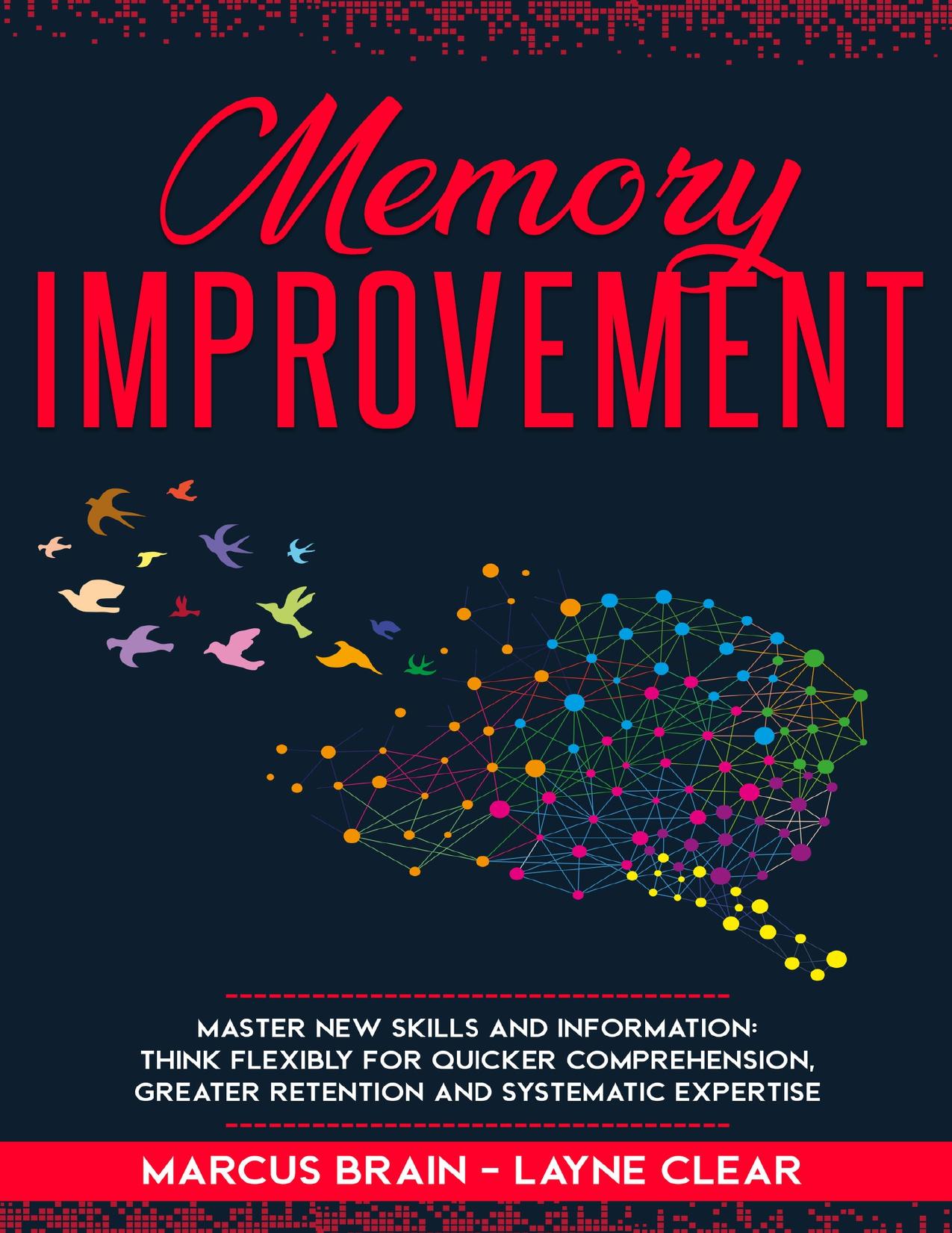Memory Improvement: Master New Skills and Information: Think Flexibly for Quicker Comprehension, Greater Retention and Systematic Expertise. by Clear Layne & Brain Marcus

Author:Clear, Layne & Brain, Marcus [Clear, Layne]
Language: eng
Format: azw3, pdf
Published: 2020-05-17T16:00:00+00:00
Chapter 7.
Info Better And Faster
Without a doubt, becoming a better reader is tantamount to becoming better at learning.
You might hate reading, or it might be the opposite of your learning style and preferences, but you’re not going to be able to avoid it. Most of your initial consumption of information is going to come through the written word, especially if you are taking your learning into your own hands. What you do with the information after you’ve consumed it is up to you, but you’re still going to start any new learning venture by reading voraciously and consuming as much as possible.
It’s the initial gatekeeper that prevents most people from getting into their learning groove. They’ll look at a new book or even series of articles and determine it would take them too long to finish, so what’s the point? The sense of instant gratification is destroyed when you read slowly or ineffectively. Learning about something new will appear to be a boulder of a task.
That’s why becoming a better reader is so important. It’s the first step that you’ll have to take whenever you want to learn something new.
Being better at reading generally has three parts that I’ll cover in more detail: speed, efficiency, and how much is retained.
Efficient Reading
This technique applies mostly to books, but also to longer articles and even blog posts.
The underlying idea is most of these books and articles tend to only have one or two big, relevant ideas, tops. Obviously, this differs between topics, but there is generally a good reason most of these sources have a “conclusion” section which summarizes all of their findings.
The rest is usually case studies, anecdotes, speculation, or digressions. This is especially true with non-fiction books, as they can typically be summed up in one page if not for the multitude of case studies, examples, different ways of restating a single concept, and evidence and proof for the assertion. What do we do with this knowledge?
We can use it to read extremely efficiently. Your job with reading is to find those one or two big, shiny ideas and try to cut out the rest of the clutter. This means you don’t actually need to read a book or article from beginning to end. In fact, that would be a mistake and waste of time.
Note this technique works better for longer pieces since you don’t generally need to read shorter pieces more efficiently – they’re short!
There are three steps to this technique, and I’ll illustrate it with a book example.
The first step is to spend three minutes simply skimming the book’s front and back covers, the table of contents, and summary of the book. Think of this as pre-reading the book, and in fact, you just might be able to get everything out of the book in this step. Many books make their big ideas known up front.
The second step is to spend roughly seven minutes skimming the book again, but in more depth. This is when you read the
Download
Memory Improvement: Master New Skills and Information: Think Flexibly for Quicker Comprehension, Greater Retention and Systematic Expertise. by Clear Layne & Brain Marcus.pdf
This site does not store any files on its server. We only index and link to content provided by other sites. Please contact the content providers to delete copyright contents if any and email us, we'll remove relevant links or contents immediately.
The Art of Coaching Workbook by Elena Aguilar(51078)
Trainspotting by Irvine Welsh(21571)
Twilight of the Idols With the Antichrist and Ecce Homo by Friedrich Nietzsche(18568)
Fangirl by Rainbow Rowell(9175)
Periodization Training for Sports by Tudor Bompa(8211)
Change Your Questions, Change Your Life by Marilee Adams(7684)
This Is How You Lose Her by Junot Diaz(6833)
Asking the Right Questions: A Guide to Critical Thinking by M. Neil Browne & Stuart M. Keeley(5708)
Grit by Angela Duckworth(5555)
Red Sparrow by Jason Matthews(5425)
Paper Towns by Green John(5138)
Room 212 by Kate Stewart(5071)
Ken Follett - World without end by Ken Follett(4683)
Housekeeping by Marilynne Robinson(4392)
The Sports Rules Book by Human Kinetics(4343)
Double Down (Diary of a Wimpy Kid Book 11) by Jeff Kinney(4241)
Papillon (English) by Henri Charrière(4227)
The Motorcycle Diaries by Ernesto Che Guevara(4051)
Exercise Technique Manual for Resistance Training by National Strength & Conditioning Association(4021)
